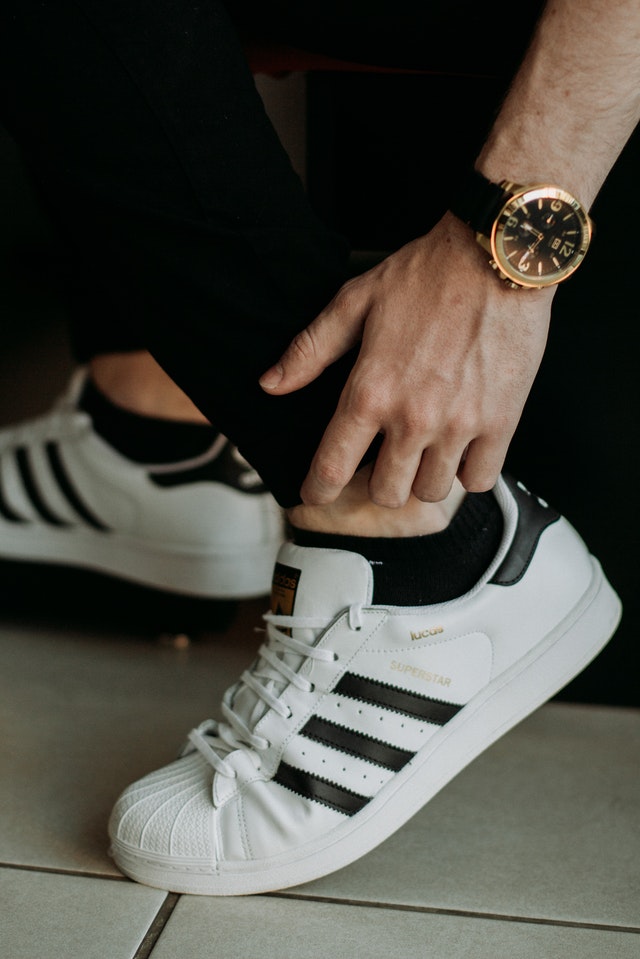You’ve noticed something about your favorite pair of shoes; you feel pinching or chafing where you previously felt none. Perhaps you are experiencing back pain and your feet are a little tenderer than they should be. Is time to replace your favorite pair of shoes or could the problem be remedied simply by adding a new pair of insoles?
When people envision insoles, they picture those flimsy things that are added into the shoe for an added bit of ‘Uuhh and Aaah’ when the shoe starts to wear a little and becomes uncomfortable. But insoles are a lot more than just padding.

In fact, insoles have become a million-dollar business; walk into any shoe store worth its salt and you will find a whole wall dedicated solely to insoles that promise to boost your walking and running efficiency, offer you more stability, and possibly even ease all your foot aches and injuries.
Although they are effective and helpful some people tend to leave their insoles on for a little too long without cleaning them. If you are battling smelly shoes, your dirty insoles may be to blame. You could always buy new insoles as a replacement but low-cost aftermarket insoles generally don’t fit shoes as well as the originals.
And even if you have money to invest in expensive ones, they will need to be cleaned at one point or another as well. As such, learning how to clean your insoles is something that you will have to deal with sooner or later.
See also: FAQ: Are Volleyball Shoes GOOD for Running?
Do you even need insoles?
We put out feet through a lot. The micro and macro movements that we subject our feet to on a daily basis can put undue stress on them. Insoles help by absorbing the stress that we place on your joints and ankles. Without proper insoles, your feel will start to experience all sorts of problems that range from simple knee pain to complex issues such as Plantar Fasciitis.
Why do your insoles smell?
From being a slight nuisance to being extremely bad, no one wants smelly insoles. But why do they get so smelly in the first place? We sweat all over, but almost nothing can compare to stinky feet. This is because your feet are covered all day, sealing in moisture as well as creating the perfect breeding ground for bacteria- stinky, yucky, bacteria.
When your feet do not get sufficient air circulation, bacteria multiply, breeding on your insoles, and spreading to your socks before setting up camp in your favorite pair of shoes. The bacteria are responsible for the foul smell as they release nasty smelling toxins, which are then absorbed by your insoles, causing them to continue reeking no matter how many times you air them out.
How do you stop your insoles from smelling?
Alright, now that you know what causes your insoles to smell, let’s talk about what you can do to remedy the problem. First and foremost, if you are in the same insoles every day, it might be time to invest in another pair.
No one is asking you to part from your original pair, but it is always a good idea to have a fresh pair for backup as you wait for the others to dry out. If your insoles are becoming a problem, preventing you from taking your shoes off in public, here are some important steps to take:
Prevent as much as you can
You could learn how to get rid of insole odor. However, if you allow the problem to keep happening, it can be a nuisance. You want to make sure that your insoles smell fresh for as long as possible so that you can keep the bacteria that produce the foul smell away.
To prevent your insoles from smelling, always follow good shoe hygiene practices such as washing your feet thoroughly, especially during those sweaty days. You need to give your feet a good scrub at the end of each day to fight foot odor. Clean the bottom of your soles as well as between your toes and ensure that your feet are completely dry before putting on your shoes.
See also: Running Shoes vs. Training Shoes: What’s the Difference?
Clean your insoles at least once a week
How frequently you choose to clean your insoles will be dependent on your personal preference or how often you wear them. However, it is recommended that you clean your insoles at least once a week if they see regular use. Doing it once every 3 or 4 weeks is fine for shoes that you do not wear often.
To clean your insoles:
- Use a solution of water and a mild cleaning agent. If you can, try and avoid using harsh cleaners as they can damage or worse, erode the memory foam insole material.
- Don’t soak your insoles in a cleaning solution. Instead, wipe them using a sponge that has been dipped in the cleaning solution. Apply pressure where dirt or grime is stuck.
- If there are any stubborn spots, you can use a soft-bristled brush to get rid of the stain
- Once you are finished cleaning, allow the insoles to dry in a well-ventilated area. Do not wear them if they are still wet or damp.
De-stink the disgusting odor
Now that you have cleaned your insoles and gotten rid of the bacteria, you can work on removing any remaining stench that may be left behind. Baking soda is the mother of all products when it comes to cleaning smelly shoes.
It can help you neutralize the bacteria acid and keep your insoles and shoes smelling fresher for longer. You can damp some baking soda straight on your insole. But if you do not want to deal with the mess, you can also place a few pieces of charcoal inside your smelly shoes to deodorize them.
Final Thoughts
Insoles can provide you with a whole new level of comfort and support. Take care of them properly and they will, in turn, take care of your feet for a long time to come. Overlook them and they can make your feet smell as well as reduce their effectiveness.



